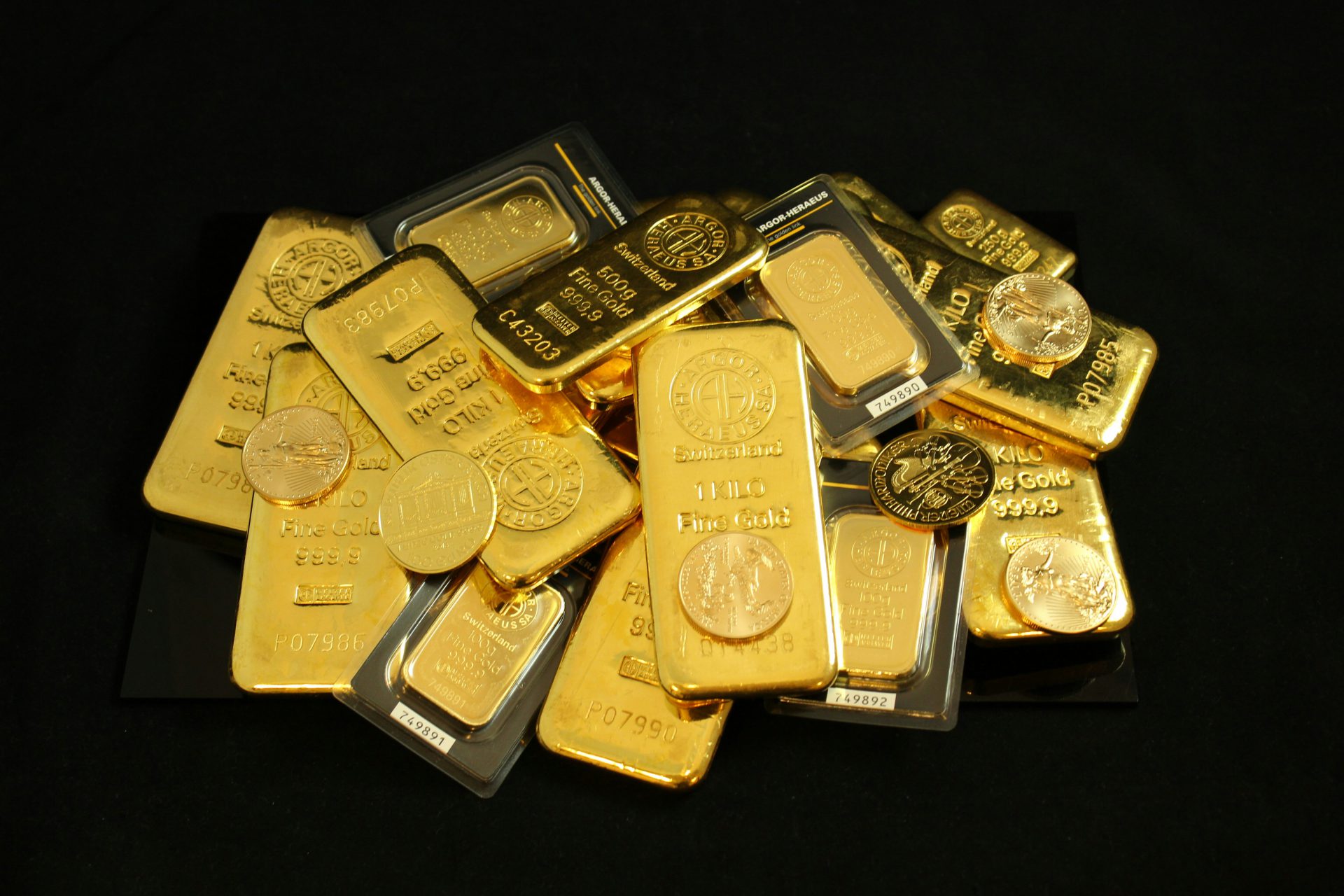What is the price of gold today?
As of 9 a.m. ET, gold was trading at $2,393.80 per troy ounce. That price represents a change of 0.68% from the same time yesterday. Since the start of the year, the price has shifted up 15.85%.
Over the last day, the lowest price for an ounce of gold was $2,374.27. The highest price in the previous 24 hours was $2,403.25.
Additional Insight
Gold prices are influenced by various factors, including economic performance, inflation, geopolitical events, and market sentiment. Investors often turn to gold as a safe-haven asset during times of uncertainty or economic instability. Its price can also be impacted by demand from industries such as jewelry, electronics, and dentistry.
Current gold prices
You can find gold spot prices in U.S. dollars under the label XAU/USD. In this case, the price shown is for one troy ounce and expressed in U.S. dollars. Foreign markets using different currencies have different listings. For example, there’s XAU/EUR for trading in euros or XAU/GBP for British pounds.
Gold’s spot price represents the price at which gold can be exchanged and delivered. Prices are typically listed in cost per troy ounce. But prices can also be listed in units like grams or kilograms. Troy ounces are units used almost exclusively for weighing precious metals. One troy ounce represents 1.097 standard ounces.
Gold price chart
The chart below shows how the spot price of gold is trending over the year. The data is as of 9 a.m. ET and doesn’t display intraday highs or lows.
Gold is up 15.85% from the beginning of the year, as of 9 a.m. ET. The 52-week intraday high reached $2,483.74 on July 17, 2024, and the 52-week intraday low dropped to $1,810.10 on Oct. 6, 2023.
Keep in mind that gold prices change in real time. Spot prices when you purchase may be significantly different if and when you decide to sell.
Investing in gold
Buying physical gold is one of the most direct ways to invest in the asset. It can also involve storage or insurance costs.
The “spread” is the difference between buying and selling prices when trading physical gold. That spread can ultimately reduce investor gains. Dealers include their own markups and fees into those spreads. As a result, you might pay more to purchase gold than the current spot price. Similarly, your sale price might be less than what gold is trading at.
Some alternatives include gold exchange-traded funds, certificates, and trusts. These can offer additional liquidity and make transactions easier. However, these methods usually include management fees, and they might not track the price of gold precisely.
So, spot prices are really more of a benchmark. The cost to buy or sell gold will likely include transaction costs or fees.
Precious metals prices
Precious metals are often used as investment vehicles but also have industrial uses. Like gold, the price of commodities like palladium, silver, and platinum varies based on market forces. Due to their industrial applications, they also have other sources of demand.
Price of silver
Some investors use Silver to hedge against economic volatility. Besides its monetary value, silver has plenty of industrial uses. Precious metals are used in medicine, electronics, automobiles, and more. As a result, it trades differently than gold.
The price of silver opened at $28.04 per ounce, as of 9 a.m. ET. That’s up 0.65% from the previous day’s silver price per ounce and up 17.21% since the beginning of the year.
Price of platinum
Platinum is another precious metal that commands attention. Rarer than gold and silver, its primary use is in automotive catalytic converters, which help reduce harmful emissions. Given the push for cleaner automotive technologies, the demand dynamics for platinum can vary, influencing its spot price.
The price of platinum opened at $943.25 per ounce, as of 9 a.m. ET. That’s up 0.78% from yesterday’s platinum price per ounce and down 4.51% year to date.
Palladium spot prices
Palladium, like platinum, is pivotal in the automotive industry for catalytic converters. In recent times, there has been a surge in palladium demand due to stricter emission standards worldwide. Its scarcity and rising industrial demand have led to significant price volatility.
The price of palladium is $913.29 per ounce, as of 9 a.m. ET. That’s up 0.56% from yesterday’s palladium price per ounce and down 16.94% year to date.









